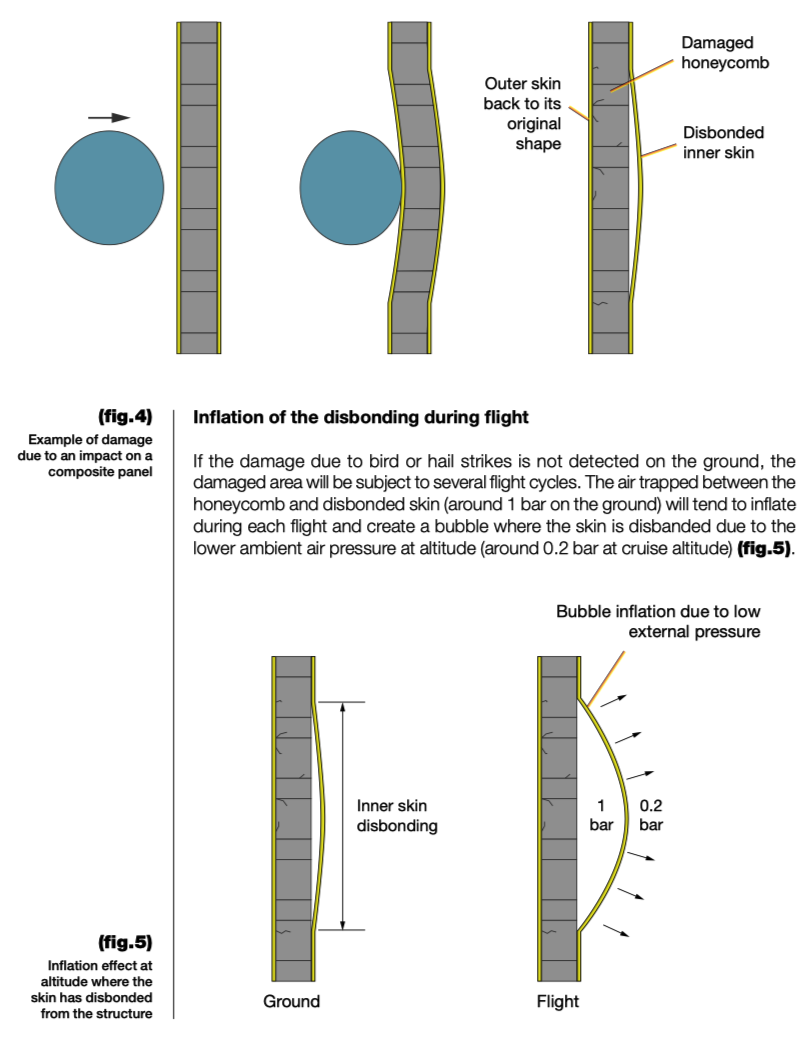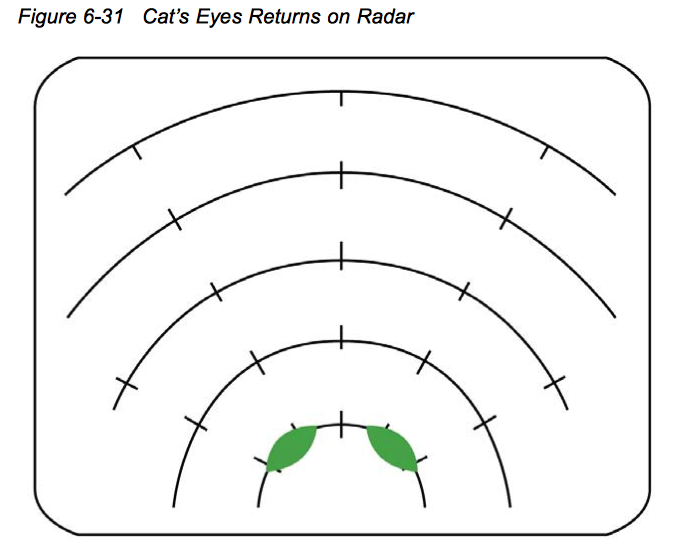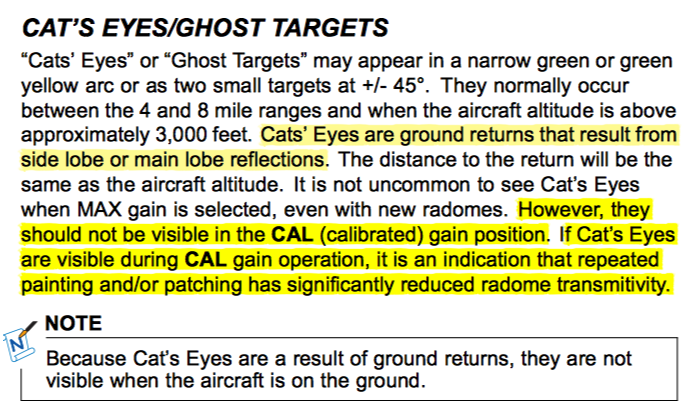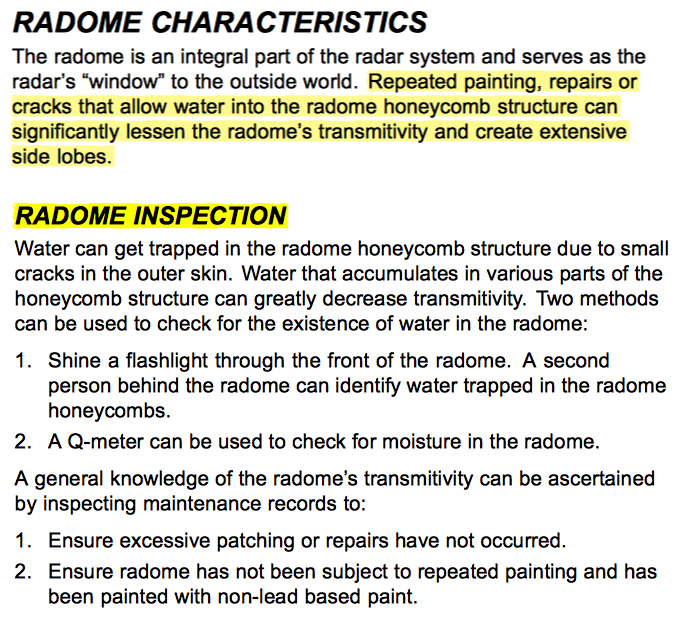Disclaimer:
▪︎This content is Not an official document and does not represent the views of Airbus or any other aviation authority.
▪︎The information provided may be incorrect or misinterpreted and should not be relied upon for decision-making.
▪︎Always refer to official documents and consult with a qualified aviation professional before making any decisions based on the information provided in this blog post.
▪︎The information provided in this blog post is based on personal study and review.
Weather radar Echos Returns
Not too long ago, even less than 10 years ago, there were some aircrafts were not equipped with an automatic gain function for the weather radar. Especially with the airline who operates the old aircrafts.
In one of my previous, previous airline, we had some of these aircraft, requiring the flight crew to manually adjust the radar tilt throughout all phases of flight. Despite their best efforts, I remember instances where the weather radar displayed weak echoes of weather cells, leading us to log the issue in the aircraft logbook.
Birdstrike and Weather radar (Airbus Safety Megazine)
Airbus released Safety Magazine Issue 38, which discusses the potential damage to the radome caused by bird strikes and its effect on the weather radar system.
In Airbus Safety Magazine Issue 38, there is a detailed discussion about the potential damage to aircraft radomes caused by bird strikes or hail impacts, and how this can affect the performance of the weather radar. The radome is a critical component that protects the weather radar system, allowing it to transmit and receive signals with minimal interference.

When the radome is struck, particularly by birds or hail, the composite sandwich structure can be damaged internally, even if there are no visible signs of damage on the external surface. This internal damage may cause the radome’s inner skin to disbond, which could inflate during flight due to changes in pressure. As a result, this disbonding can interfere with the movement of the weather radar antenna, leading to radar faults and impacting the aircraft’s ability to detect and avoid adverse weather.
One of the key operational takeaways is that flight crews should always report any bird or hail strikes, and maintenance teams must inspect both the external and internal parts of the radome thoroughly, as internal damage can be hidden. These inspections are essential to ensure the radar system functions correctly, and to prevent further damage or malfunctions during flight.
This highlights the importance of regular radome inspections after such incidents to maintain aircraft safety and weather detection reliability. Airbus emphasizes using appropriate lighting and detailed checks to identify hidden damage that could affect subsequent flights.
Cats' Eye,/ Ghost Targets on Weather radar.
They did not mention anything about Cat’s Eye in the recent weather radar manuals, but in the 2003 Collins Multiscan Radar Operations Manual, they do mention Cat’s Eye and ghost targets. This also implies the possibility of radome damage affecting radar performance.



'KNOWLEDGE' 카테고리의 다른 글
| How to Find Official Aeronautical Charts for Vietnam (AIP & Airport Charts) (0) | 2025.08.07 |
|---|---|
| WAKE TURBULENCE SEPARATION (Time based and Distance based) (0) | 2025.07.02 |
| CRM (0) | 2024.05.13 |
| Lost Communication Procedure (1) | 2024.04.19 |
| Coffin Corner and Mach Number (2) | 2024.04.11 |



